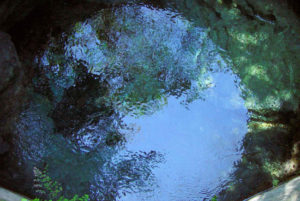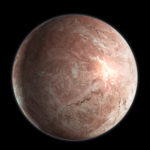10 interesting facts about groundwater
 Groundwater accounts for a much larger volume than surface water. They take a direct part in the circulation of the waters of the oceans, despite the fact that we do not see them, and for a long time even scientists were not aware of their existence. Even now, we don’t know much about groundwater, but you can be sure that there are much more of them on Earth than we assume.
Groundwater accounts for a much larger volume than surface water. They take a direct part in the circulation of the waters of the oceans, despite the fact that we do not see them, and for a long time even scientists were not aware of their existence. Even now, we don’t know much about groundwater, but you can be sure that there are much more of them on Earth than we assume.
They are gradually mixed with water coming from the surface. But a full update cycle takes tens of thousands of years, at least.
If all groundwater at once appeared on the surface of the Earth, the level of the oceans would rise by about 180 meters. And this is according to the most conservative estimates.
Most groundwater is located at a depth of no more than 2-2.5 km below the surface.
Everyone knows artesian wells, which differ from ordinary ones in that the water from them comes on its own, without pumps, due to pressure in the bowels of the earth. They give us direct access to groundwater.
Inhabitants of the African Sahara desert extract water from deep wells that fell in the form of rain in Europe, seeped into the ground and flowed into Africa below the surface of the earth (see 15 interesting facts about the Sahara).
The salt content in groundwater is very different, from close to zero to critical. Due to the abundance of salt, such water can even be poisonous.
Scientists attribute to the underground those waters that are contained in the earth’s crust. Moreover, according to their calculations, even more water is in the mantle of our planet.
The approximate amount of groundwater on Earth exceeds 60 million cubic meters.
Judging by recent studies, there are subsurface aquifers on Mars, and this will undoubtedly help humanity to master the vastness of the red planet.
Opening underground water reservoirs underground, clogged by nature itself millions of years ago, can be dangerous. They may well contain ancient microorganisms, to which modern inhabitants of the Earth do not have immunity.



























